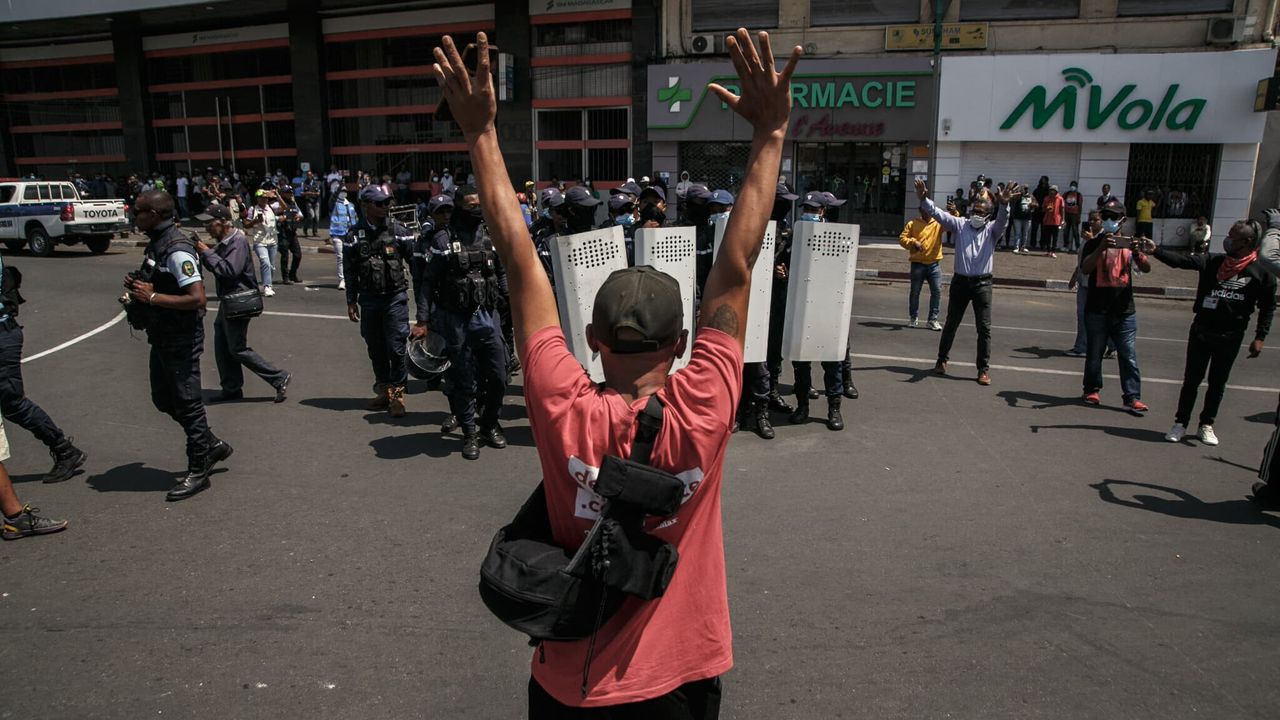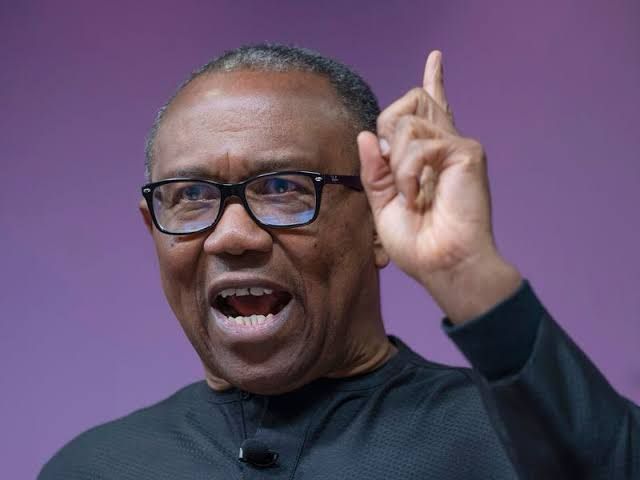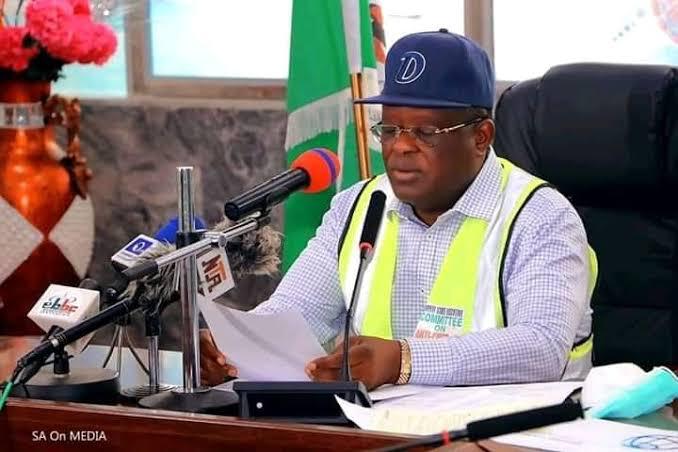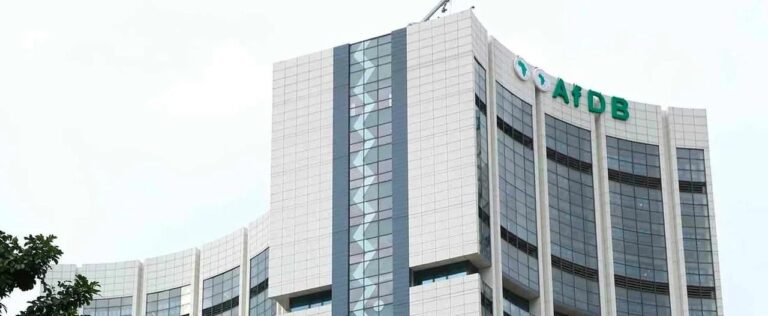Madagascar’s political crisis entered its third week today as hundreds of protesters returned to the streets of the capital and other major cities, with the youth-led movement now explicitly demanding the resignation of President Andry Rajoelina.
The demonstrations, which began on September 25 over chronic water and power cuts, have rapidly escalated into a nationwide anti-government movement fueled by deep-seated anger over rampant poverty and corruption in the Indian Ocean island nation.
University students and local residents gathered near the University of Ankatso before attempting to march toward the city center on Monday, the 12th consecutive day of the near-daily unrest.
Clips from protesters online showed security forces met the marchers with a barricade, with reports indicating that police used tear gas to disperse crowds. Protests were also reported in other key cities, including Toliara and Diego Suarez, underscoring the geographically widespread discontent.
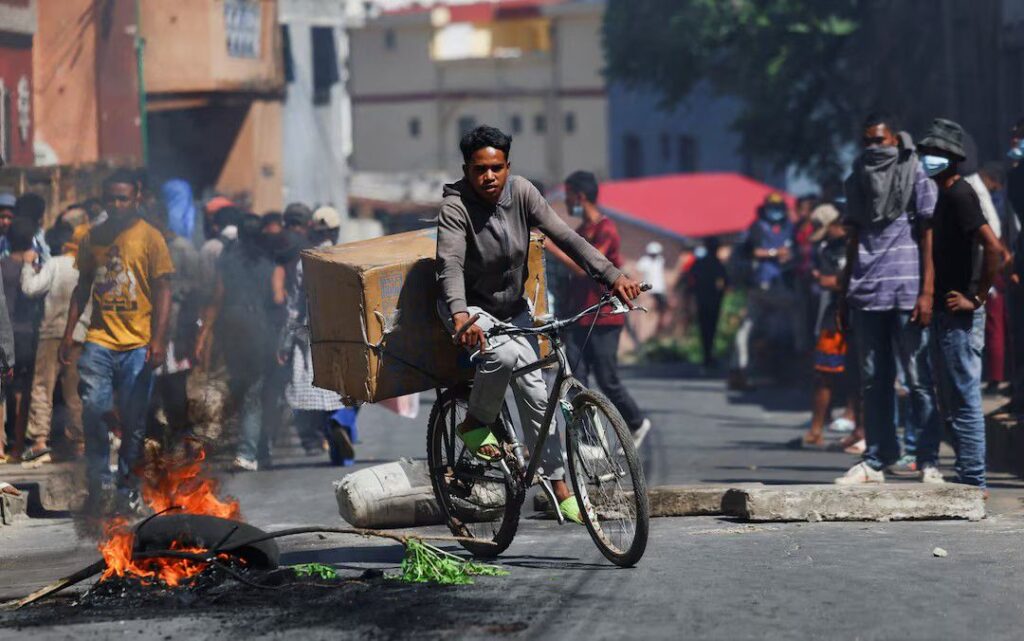
According to the United Nations, at least 22 people have been killed and over 100 wounded in the initial days of the protests, figures which the Malagasy government has disputed. The UN has condemned the “heavy-handed response” by security forces, including the alleged use of live ammunition.
Approximately 75% of the National population was living in poverty in 2022, one of the highest rates globally. Over 90% of the population lives on less than $3.10 per day.

Madagascar is ranked poorly on global indices, such as 145th out of 180 countries on Transparency International’s Corruption Perceptions Index for 2023.
High levels of corruption and weak governance continue to deter both foreign and local investment. Large foreign investment projects often remain pending due to a lack of transparency and regulatory certainty.
The country continues to run twin deficits (fiscal and current account). While the government is attempting to mobilize domestic revenue, the weak financial performance of state-owned enterprises (SOEs) and a low tax-to-GDP ratio constrain its ability to fund public services and development. The government debt-to-GDP ratio is projected to be around 51.3% in 2025.
The driving force behind the unprecedented wave of unrest is a movement known as “Gen Z Mada,” which has mobilized largely on social media. Initially focused on basic service failures—emblematic of the nation’s struggle with poverty, where nearly three-quarters of the population live below the poverty line—the group’s demands have broadened to include sweeping governmental reform.
Beyond President Rajoelina’s resignation, the movement has called for the dissolution of the election commission, the Senate, and the country’s top court.

In an attempt to quell the rising tensions, President Rajoelina, who first came to power in a 2009 coup, dismissed his cabinet last week. However, this concession failed to satisfy the protesters.
In a nationally broadcast address on Friday, the 51-year-old president vowed to “listen and find solutions” but firmly rejected the calls for his resignation.
He instead condemned the movement, accusing the demonstrators of being “exploited” by political rivals and funded by foreign entities aiming to orchestrate a coup—allegations for which he offered no evidence.
As the protests continue to shake the nation, the standoff between the youth-led movement and the government shows no signs of easing, posing the most serious challenge to Rajoelina’s leadership since his re-election in 2023.




